This is a different fundraising announcement. This means that we’ll say it as it is. No sugar-coating, no exaggeration. If you’re looking for a more conventional headline here it is: Taleemabad has raised a $2.3M seed round, with funders including Malala Fund, Sorenson, and Careem CEO Mudassir Sheikha.
However, despite being around for eight years, we still think there’s a long way to go, and a lot to figure out – especially if we are to build a company that changes how we learn for good. This is a non-fundraising-esque announcement, and a story of the last eight years trying to move the needle in education in Pakistan. Let’s dive in.
The market(s):
We’re based in Pakistan – the 5th largest country in the world by population, but 157th in terms of GDP per capita. Our theory is that this anomaly is largely due to subpar human capital development. A population the size of Australia simply doesn’t go to school. Of those who go to school, close to half don’t learn how to read by the time they complete primary school.
But there’s incredible pent-up demand for quality education. Pakistani households have education as their biggest expenditure item after rent and food. So long as they have a roof and a meal, Pakistanis are hungry for quality education.
This demand had to materialize somewhere, and it materialized most visibly in the private primary schooling market. By some estimates, there are over 120,000 private schools. Close to half of the entire primary school population now goes to private primary schools.
But as happens with a spontaneous, organic, and rapidly growing market, there are inefficiencies. Low-fee private schools often don’t produce better results than public schools. Teacher attrition is among the highest for any profession in the country. Schools can’t achieve volumes in admissions and shut down frequently.
The guardrails for transformation are there: 87% of Pakistanis have access to the internet and more than 100 million are connected via broadband. Close to 95% have access to public broadcast television and radio.
Now zoom out and think of all the emerging markets that come to mind. You’ll find similar characteristics in Nigeria, Ghana, Nepal, and others like them: good digital guardrails, and a pent-up demand for education, insufficiently catered to by overburdened public education systems, but materialized via large-scale private access to education.
It’s what we do with this mix where an opportunity arises. That’s where Taleemabad comes in.
Taleemabad: Ed before Tech.
At the core – we’re ex-teachers who realized that great classrooms are kind of like theatre. If you’re compelling enough to keep the audience on the edge of their seats, great things happen. In the last ten years, we’ve taught in public schools, elite private schools, low-fee slum schools, and everything in between. Some of our students have made it to Ivy League Schools, and others have dropped out before even learning how to read. In this process, we’ve learned what lies at the heart of education.
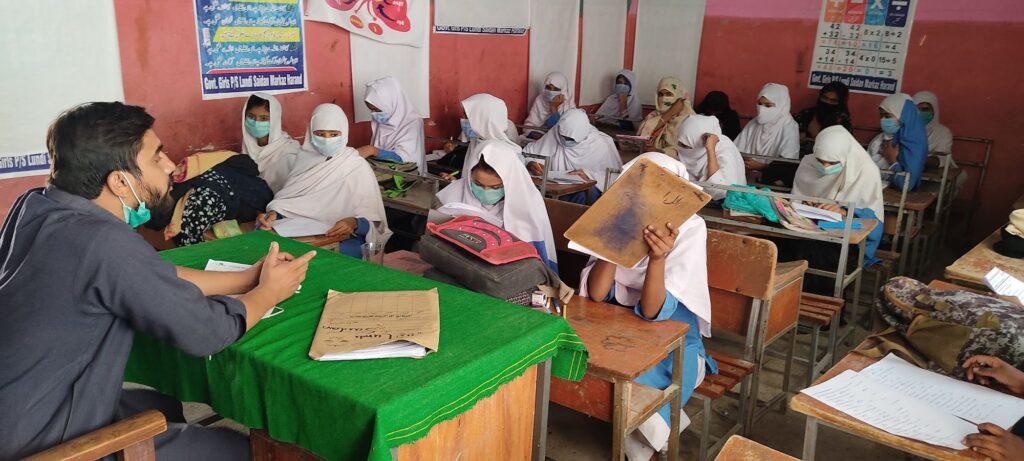
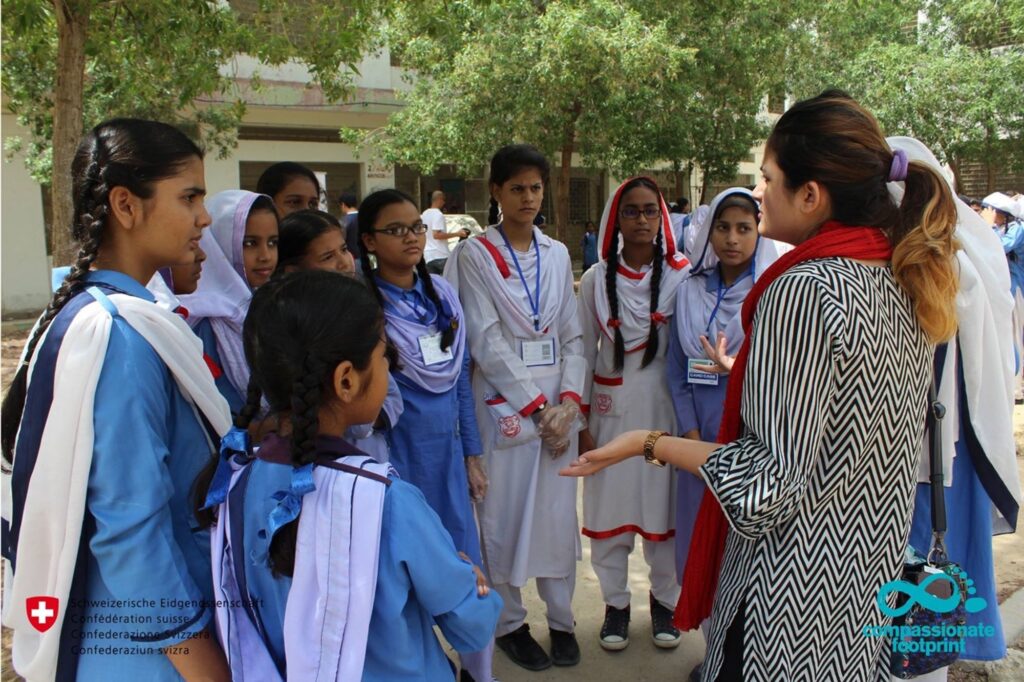
In 2015, once we’d seen what really worked in the classroom, we became obsessed by wanting to do it for more students. That’s where Taleemabad was born. Technology became a means – not the end – to spread good teaching.
We did what came naturally to us – by translating what we did in our classrooms into a digital format. Early results showed students learning 30% better than their peers in literacy and numeracy, and so we pushed on. Soon, we had a YouTube channel. Soon after that, a dedicated slot on PTV Home – the public TV channel that is still watched by the majority of Pakistani students. Stats from rating agencies showed the numbers increasing substantially each month. Soon, we were touching 8.5 million monthly watchers. 3rd party surveys showed that 87% of parents reported seeing learning gains for their children.
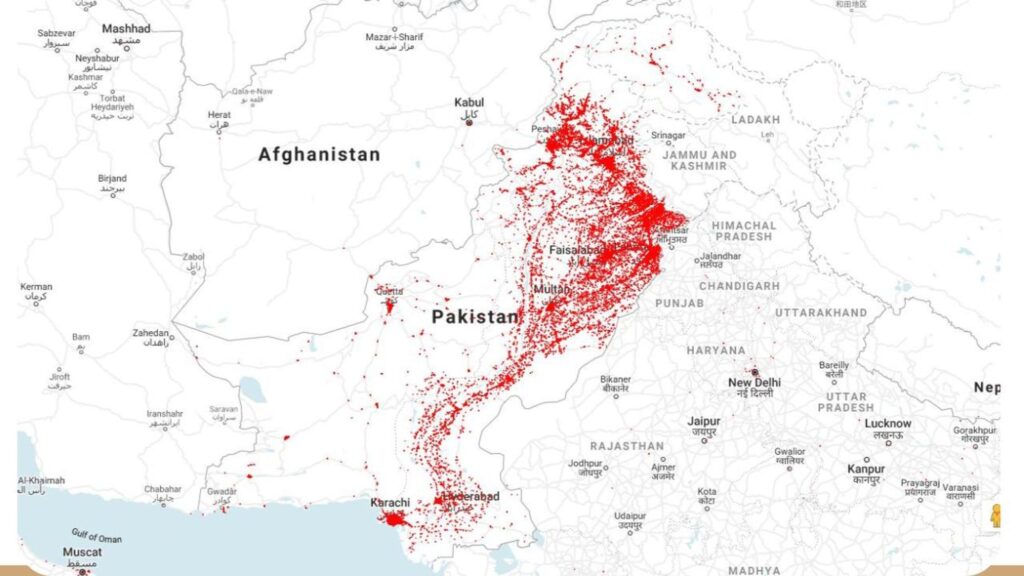
Eventually, because it was tiring to answer calls from people who’d missed broadcasts, we launched a mobile app out of popular demand, and by 2022, had racked up 1.5 million registered users. But here’s the strange part: because the app and broadcasts weren’t directly linked to students’ schools, we struggled to find more than 10 minutes of daily engagement. Usage would pick up close to exams, but then drop back to pre-exam levels.
We learned four things through this experience: i) supplemental learning solutions were great, but solved for the symptom and not the problem (subpar learning in schools) and we didn’t want to be only an exam-prep tool, ii) engagement was great as a starting point, but we had to move beyond engagement to hardcore results if we were serious iii) If we really wanted to unleash transformation, we probably had to recruit others and align their incentives to do the heavy lifting of improvement in a child’s life and finally iv) Any value had to be monetizable so that we could build in sync with market signals.
That’s how we arrived at schools.
Read: Revenge of the Nerds: how edtech evolved in Pakistan
An OS for Schools:
As a starting point, we synthesized global best practices in teaching, working with partners in Finland, as well as great teachers on the ground to create the first-of-its-kind bite-sized teacher training and certification program. We gamified the entire experience, allowing teachers to compete with each other for prizes, leaderboard positions, and certificates that helped them land better jobs.
Next, we gave teachers pre-prepared classroom material – lesson plans, questions, answers, worksheets, and everything in between. All you had to do was show up and deliver the material. 3rd party evidence showed engagement in these classrooms increasing. Impact studies showed students learning twice as much as peers in non-Taleemabad classrooms – with gains most pronounced in languages (English, Urdu) – something Pakistani teachers and students alike have struggled with over the years. If you’re curious about how this looks when teachers execute it, here are some moments of magic from our classrooms.
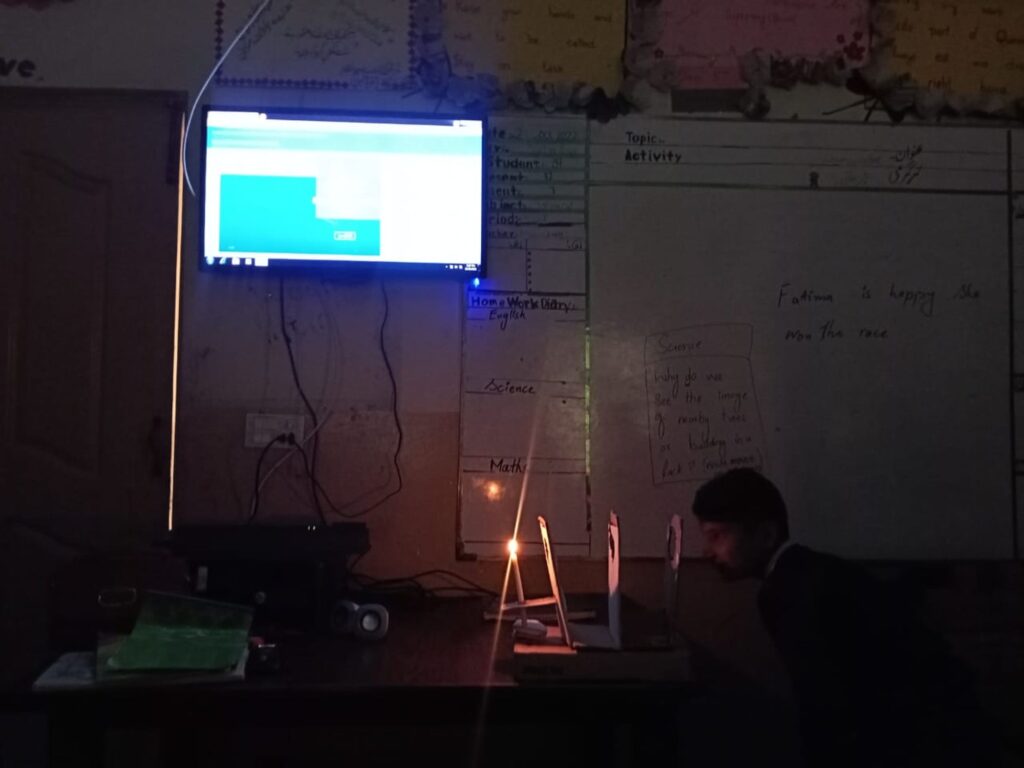
But we’ve learned the hard way that a child’s learning is not just determined by what happens in the classroom. Students exist in an ecosystem of stakeholders – parents and school owners being the most important ones. It’s important that they win too.
We gave school owners access to insights from the classroom, allowing them to become effective coaches for teachers, with the ability to act fast if they saw performance dropping. Not just this, we gave them access to the Taleemabad brand, trusted by parents across Pakistan, enabling them to land more admissions from our network of millions of parents. A school that had the McDonald’s effect on children.
For parents, we gave them access to the app, linking it to the school so that students could go back home and tap straight into animations and games to turbocharge what they learned in school. No extra tuition, no extra spending.
Teachers get better pay and ease at work. School owners get more admissions. Parents get great learning, and students get to love what they’re learning.
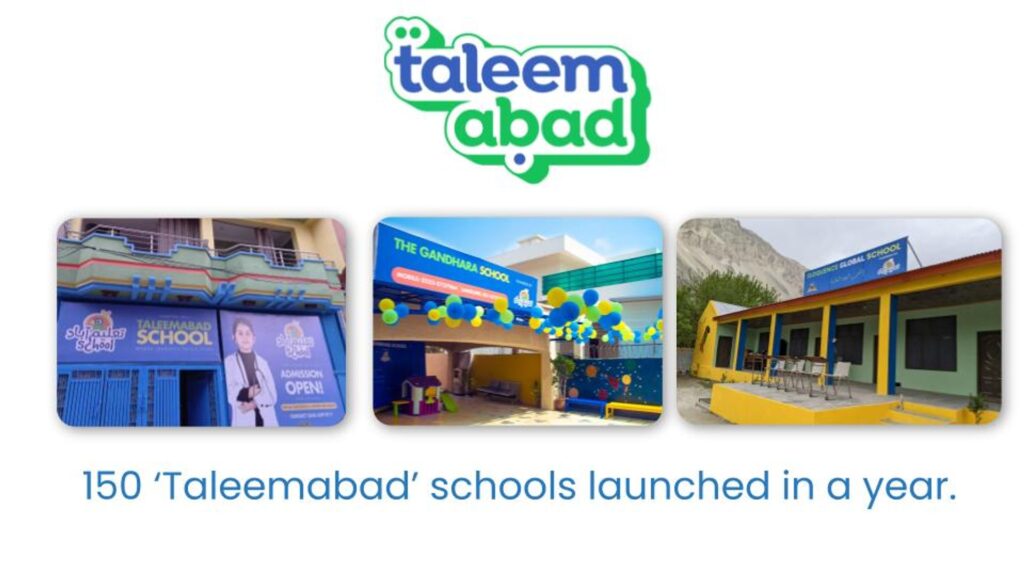
If this sounds complex, it is because it probably is. There are a lot of moving pieces that we still haven’t figured out, including how to deliver regular admissions to schools, and how to keep teachers and schools motivated and retained for long stretches of time. But there’s a strong pull here: 150 schools have become paid customers in a year, with many teachers forming year-round habits and usage patterns. But perhaps most importantly, evaluations show that students are learning much better, and enjoying the process too. Those who’ve looked at the process closely have been impressed, including an international award for innovation in pedagogy, and recognition from Queen Elizabeth in 2018.
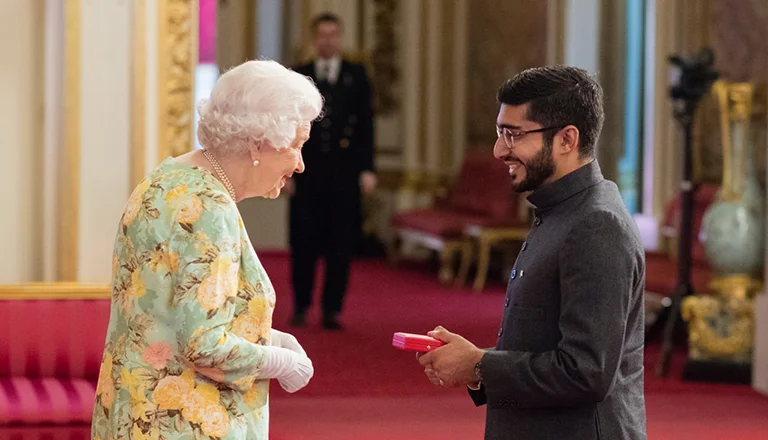

Our biggest takeaway is that if we really want to transform learning, there is no silver bullet. ‘Digitizing tuition’ only models are suffering across the border in India, with India’s biggest start-up BYJUs unraveling, and major other companies struggling.
Education hasn’t evolved in the last hundred years because far too often, we’ve focused on solving everything except the core of the school itself. When we’ve transformed schooling, we’ve done it in isolated clusters, creating islands of great learning as opposed to building a platform that creates winners everywhere and can scale.
How Taleemabad created technology built for equality:
If we’re serious about scale – to the extent that it changes learning fortunes for entire countries, we can’t possibly do it without thinking about two hard questions from the very start.
First, smartphone/laptop access is unequal. This means that those who benefit the most are usually those who are better off.
Second, private access to schooling – even though it is increasing, only caters to a subset of the population. Public systems cater to the rest and are often out of the radar for many ed-tech companies.
On the first – there are encouraging signs that access to these populations is still possible. Taleemabad pioneered the use of public broadcast media (PTV) for learning in 2018. Following encouraging results, the government launched TeleSchool in 2020 when COVID-19 struck. This year – despite the change in governments, the new government expanded TeleSchool, paying providers to create and air learning content on TV and Radio.
More importantly, our product has also found traction in public schools. The Ministry of Federal Education and Professional Training (MoFEPT) launched a pilot in six public schools and is now considering allocating resources to expand to the entire district. In Punjab, Quaid-e-Azam Academy for Educational Development (QAED) is working with Taleemabad to roll out our digital teacher training programs to public teachers in select districts.
Early evidence suggests that public schools may stand to gain the most from the use of their technology, transforming old systems of manual checks and balances, while shaving costs and driving up efficiencies in a sprawling public education system.
While schools offer a monetizable model for us to grow, we’ve continued to use grant capital to explore and experiment with new models to serve those who are often left behind. In 2020, we raised grant financing for the R&D & launch of Taleemabad on the KaiOS platform – a feature-phone version of our app that could run on phones as cheap as PKR 4600 ($15). Subsequent reports of the launch showed that it drastically increased access; 55% of those accessing the service lived under $5.5 a day, and 95% said they didn’t know of an alternative. This year, we’re researching a model that allows decentralized, entrepreneur-run schools to open in places with a high density of out-of-school children. This R&D – even though it may not be immediately sustainable – allows us to keep pushing the boundaries of what an inclusive, sustainable ed-tech model may eventually look like.
Finally, on AI for Education:
There’s a lot of uncertainty here, and also a lot of fluff.
We held back from riding the ChatGPT hype train because we wanted to understand its use cases better, specifically for schools. In the past six months of exploring, here’s what we’ve learned.
First, content generation will never be the same anymore, even for education. That’s great news for a number of reasons. There are giant companies and institutions built around video generation, assessment generation, or even textbook generation. Think of all the publishing houses, the curriculum setters, the video content makers, and the production studios that had content generation as a competitive moat. Those moats no longer hold.
At Taleemabad, most processes: scriptwriting, animation, lesson plans, and assessment generation have now been upended. The first, less exciting part is done: we get to produce high-quality material – in multiple languages and for multiple contexts – in minutes instead of days, and then use our distribution networks to spread it far and wide. We believe others are already doing so, giving a massive leg up to the challengers. If Taleemabad uses it to produce studio-level material, most others will do so too – though right now getting AI models to stop ‘hallucinating’ is an immediate area to solve for.


But chase that thread of thought a bit more and you arrive at a completely new world. For the first time, it is possible that the power of customized, tailored content generation rests not in the hands of governments, publishing houses, or even those like Taleemabad. It has the capability to flow down to those on the frontlines: teachers, parents, and even students.
We’re at a pivotal moment in the democratization of education. Doing this right means that we begin to think of ourselves not as education providers, but as facilitators that unleash a new generation of user-generated and modified learning material.
This is why the data we’ve collected across the last decade, from millions of users becomes useful. We know – from reasonably large data sets – where users watched videos, and where they dropped off, what they got right in quizzes and what they got wrong, and what got learned and what did not. This means that we get to train AI models for these specific use cases, and let users take it from there.
Our bet on the future of learning:
Even though we build for a global audience, we’ve started with Pakistan because it represents the largest untapped opportunity. Our bet is that education will become more decentralized and devolved across the next few decades, and it will be most strongly felt in emerging markets, where large groups of willing parents and students have been locked out of great learning and show a willingness to adopt new models.
We believe the future of education won’t be built by serving supplemental services to elite students. But like the start of compulsory mass schooling after the Industrial Revolution, it will be built and used most by those starting from a blank slate, in a rapidly changing world.
Taleemabad’s mission is to be at the forefront of bringing about this change. For Pakistan, and then for the world.



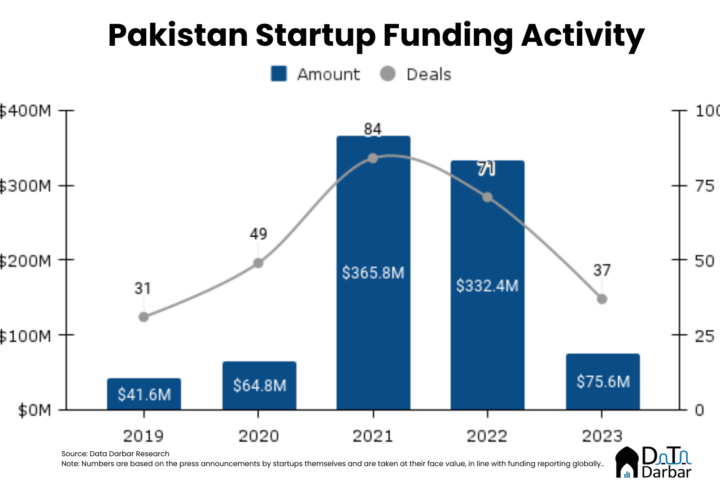

Hi Haroon, you guys are doing a great job. Keep evolving.
Just two cents from me , digitizing education and modernizing class rooms and teaching is one aspect which u r trying to solve by bringing those who are underprivileged. Again it’s a noble cause as well and hence u trying to expand using franchise model. I believe u will grow but to sustain at your own and making it a profitable venture it’s going to be tough considering what happened in India. You need to relook your business model and think how u can current parents challenges with current system. I can discuss my thoughts/idea about it.
This is a game changer. I hope you are up for the challenge from the extremely well connected and protected school mafia’s operating in the country. Love how you have used the word “transformation” time and again in your blog .. Promising! Best wishes for the team!
Thank you for good insight and inspiring story. I wish you all the best for your venture and noble aims of serving underprivileged masses out there IA.
Well done Haroon. Keep paving the way and reduce out of school children from population of Oz to that of New Zealand
You guys are doing an excellent job. Congratulations and wishing you best of luck.